Traditional clothing plays a vital role in any country’s history and life. The features of traditional clothing vary with different geographic areas and different periods of time in history.
Is there one traditional Chinese clothing style?
The design of traditional Chinese clothing has its unique characteristics in different time periods.
That is why it’s difficult to generalize the idea of traditional Chinese clothing – there were so many different types during different dynasties!
Yet there is one type that’s most widely known as traditional Chinese clothing. By refining the basic elements and features of traditional Chinese clothing, as well as taking ancient aesthetic view into account, Hanfu (汉服, hànfú), also known as Han costume or Chinese silk robe, was invented in the Shang Dynasty over 3000 years ago.
Besides, when it comes to traditional Chinese clothing, the traditional Chinese dress qipao (旗袍, qípáo) and Chinese tunic suit (中山装, zhōngshānzhuāng
) are also very popular.
Let’s have a closer look at all 3 types one by one.
1. Traditional Hanfu
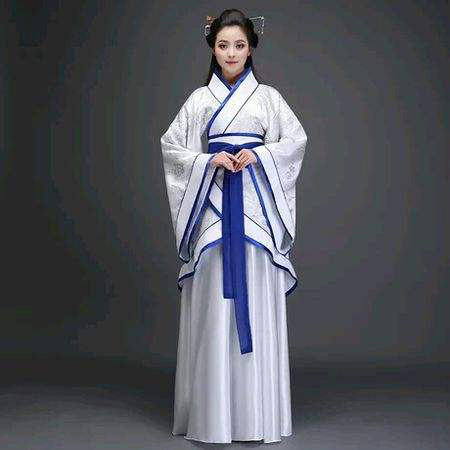
The design of Hanfu is based on the traditional Chinese cultural background and Chinese etiquette culture, which represents unique national characteristics. In the word “hanfu”, “han” literally means the name of the ethnic majority group in China, while “fu” stands for clothes. Therefore, judging by the meaning of the two separate elements of this word, one can easily tell that hanfu was originally created for Han people. It implies that hanfu is more or less different to the clothing of people from other ethnic minority groups.
Hanfu was prevalent for an extremely long time period in the Chinese history as it flourished from Qin Dynasty (around 200 B.C) to Ming Dynasty (around the year 1600). In ancient China, hanfu was used to indicate a person’s social status, especially in the Western Zhou Dynasty, when a strict hierarchical society was established. Differences in the length of a skirt or the wideness of a sleeve actually decided people’s rank in society.
Traditional hanfu presents itself as a long gown, with long sleeves and cross collar (usually the left crossing is over the right one) being its two most important features. A sash is used to secure the garment around the waist as traditional hanfu has no buttons on it.
2. Qipao
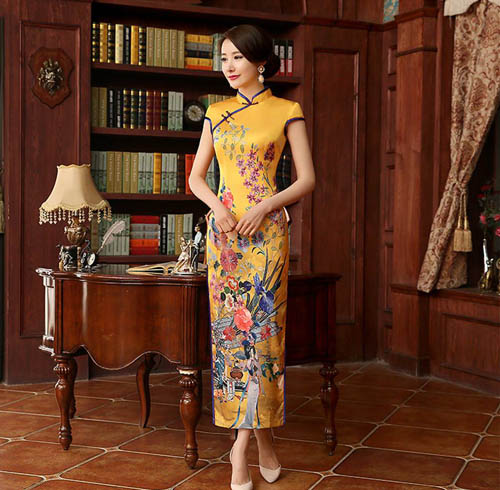
Qipao appeared in the 1920s and remained as the “national dress” until the 1950s.
Qipao was originally made wide and loose, covering most parts of the body. Yet it could hardly be considered fashionable, and people were seeking for a more snazzy style of dressing to suit their tastes. That’s why in the 1930s, the traditional qipao was redesigned, adding western patterns that show off the beauty of a woman’s body.
Qipao presents itself as a stylish, charming, and often tight-fitting traditional Chinese dress. It is usually made of silk and is embroidered with different kinds of flowers, with thick laces trimmed at the collar, sleeves and edges. Qipao was initially designed for upper class women because its unique elegance demonstrates modesty rather than gaudiness.
Today, qipao has regained its popularity in China as some Chinese women still like to wear qipao on formal occasions.
3. Chinese Tunic Suit, Zhongshanzhuang
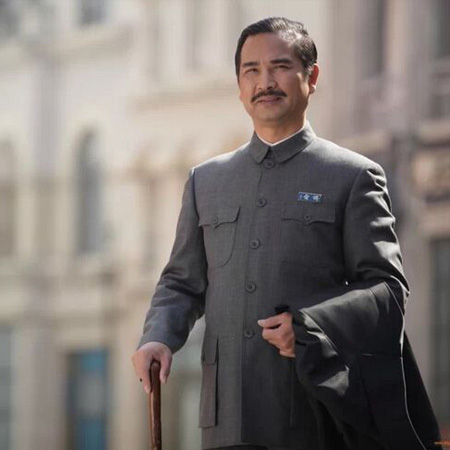
Also called a “Sun Yat-Sen suit“, as the Chinese tunic suit is named after the famous Chinese revolutionist Sun Yat-Sen. It was based on the redesign of a military uniform combined with some features of Japanese school uniforms.
Zhongshanzhuang contains elements of both the traditional Chinese suit and western suit. It has a turn-down collar and four pockets with flaps, which looks simple but respectable. That’s probably why Zhongshan zhuang quickly gained popularity among Chinese men in the mid 20-th century.
Although Chinese has gradually become an open country since 1980 thanks to the Chinese economic reform, and Zhongshan zhuang has now been replaced by more modernized clothing, leaders of China still wear it today when attending important events.
Have you seen these 3 types of clothing before?
Which one would you like to have?
Share in comments – or tweet us at @thatsmandarin!


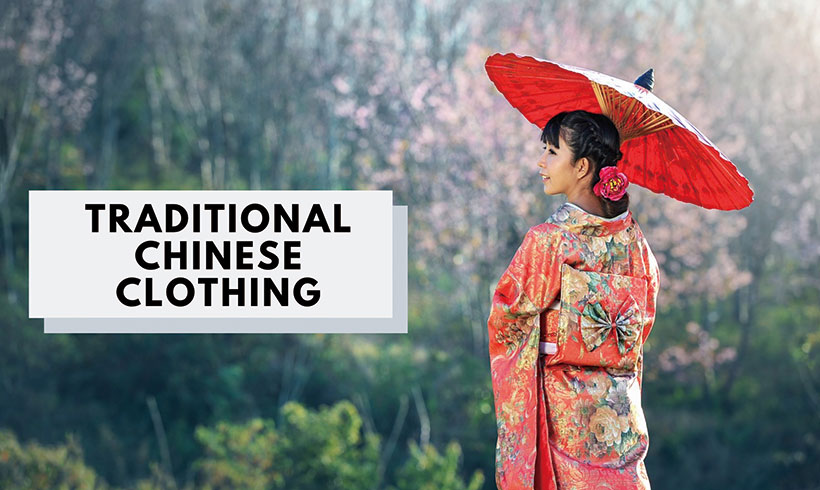

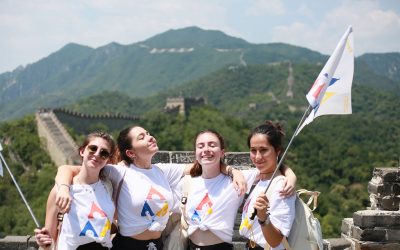



0 Comments